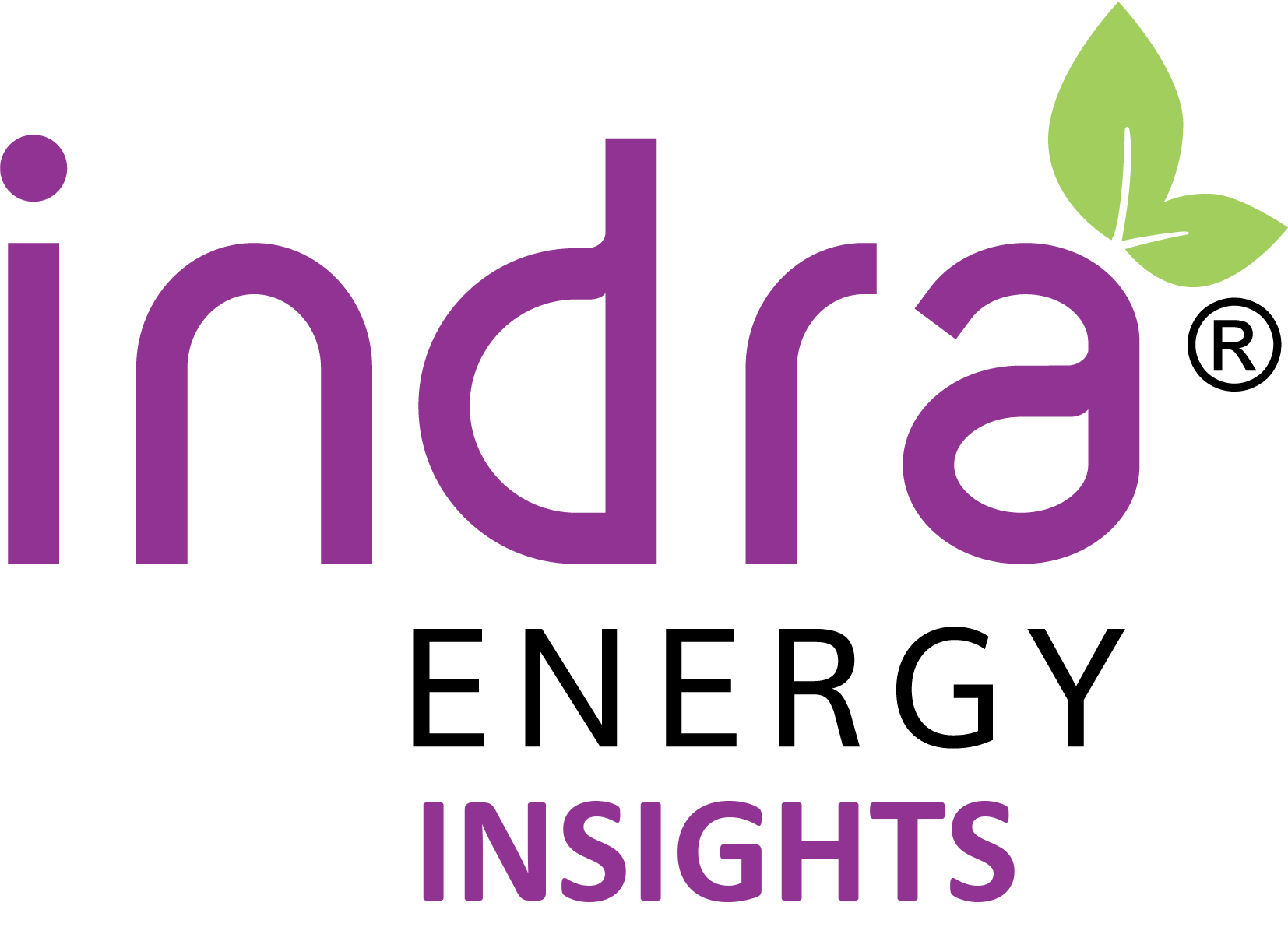The Internet of Things, a network of smart devices that monitors its environment and interacts with humans, is expanding every year. This network captures and processes incomprehensible amounts of data about us and our behavior, giving it the ability to learn about our preferences. This can be very helpful, and one of the biggest groups of products in this category is designed specifically to help with efficiency and safety within the home.
Connected devices such as smart thermostats, energy monitors, and indoor air quality (IAQ) monitors are exploding onto the home automation scene. Major advantages of such products include the ability to be managed remotely via smartphone applications, the ability to learn from user habits, and perhaps most importantly, the fact that they work behind the scenes to optimize energy usage and living conditions within our homes, which also makes our homes more environmentally friendly.
Despite their clear potential, connected devices do have limitations. Where is the line between what they can and cannot do? We cover the basics here.
Smart Thermostats
Examples: Nest, Ecobee
- Why they are green: These devices adapt to changes in your environment (for instance, everyone leaving the house for the day) by logging patterns and adjusting temperatures automatically, resulting in reduced average energy use.
- What they do well: With machine learning algorithms that track and respond to real-time data, and remote-control capabilities built into handy smartphone apps, smart thermostats conveniently take user behavior and preferences into account.
- What they don’t do well: In an environment where patterns are constantly changing, it can be hard for these devices to establish consistent settings and stick to them. This can make them seem over-responsive or incapable of capturing correct heating and cooling schedules.
Energy Monitors
Examples: Sense, Neurio, Kill a Watt, Efergy
- Why they are green: The quickest path to reducing your carbon footprint is reducing your overall energy use. That can only happen if you know how much energy you use so that you can take steps to lower it.
- What they do well: Like smart thermostats, energy monitors gather plenty of data, but they offer much better visualizations of the data they gather. This makes it possible to proactively adjust the way you use energy, down to your individual appliances.
- What they don’t do well: Unlike smart thermostats, energy monitors typically can’t directly or automatically influence your energy usage. They tell you the story of how energy is consumed within your space, and they can sometimes provide recommendations, but it is up to you to take action and implement changes.
Indoor Air Quality (IAQ) Monitors
Examples: Foobot, Awair
- Why they are green: Among the many chemical compounds, these devices monitor is carbon dioxide (CO2), which can serve as a reliable measure of the efficiency of a building’s ventilation system. More efficient ventilation systems maintain comfortable indoor temperatures while consuming less energy and consequently producing a lower carbon footprint.
- What they do well: In general, most IAQ monitors do a good job of checking for a variety of air pollutants that could affect the health of people in a building or indicate problems with heating and cooling systems.
- What they don’t do well: Although these devices can offer a valuable perspective on how healthy the air is within your home or office, they are similar to energy monitors in that they only show symptoms of a problem, rather than doing anything to address the root cause of those problems. This means you still need to find and implement your own solutions.
Conclusion
Connected devices such as the ones described above offer many benefits, including opportunities to make a valuable impact on the environment. However, these technologies are still developing, and it is important to recognize that they are only tools that can help reduce energy use. A proactive effort is still the key for anyone who wants to influence positive change.












